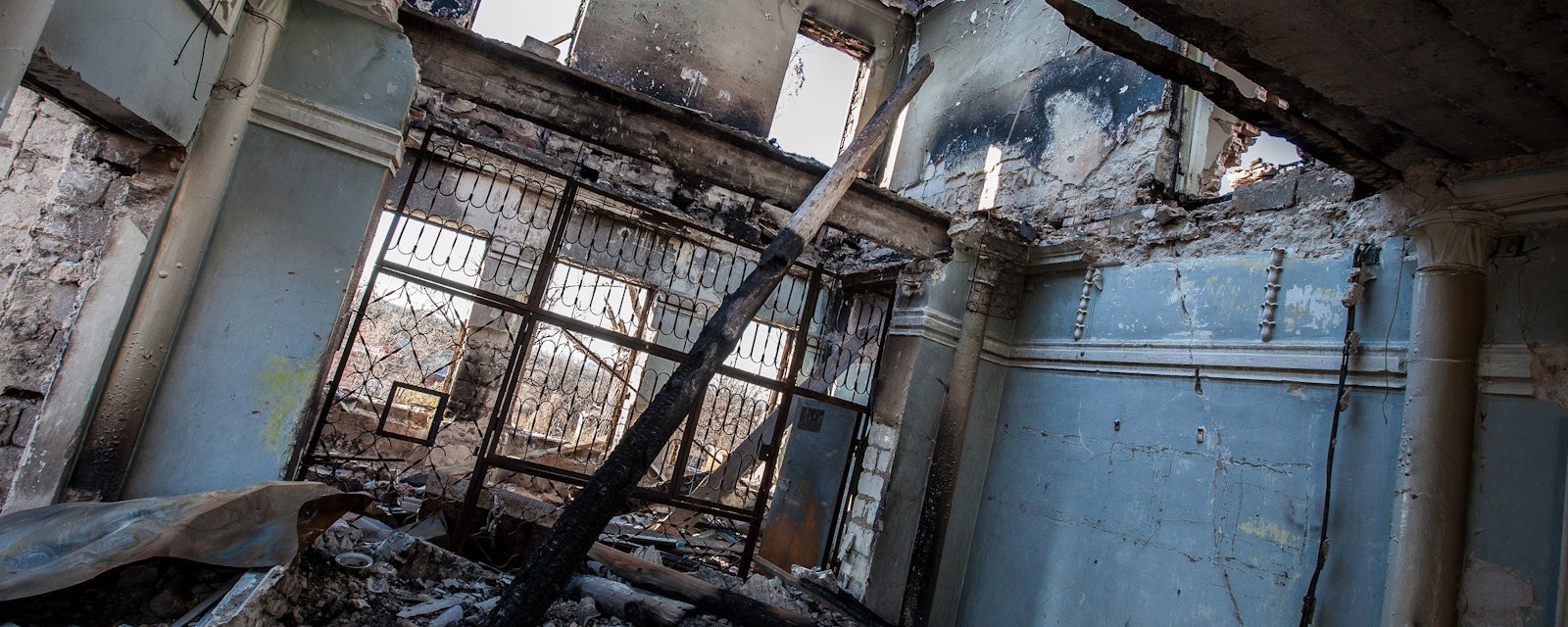There is no end in sight to Russia’s war in Ukraine, and relations with the West will likely continue to deteriorate. Even if Russia intensifies its offensive in the southeastern Donbas region, it is unlikely to achieve a quick breakthrough and could get involved in a costly war of attrition. Moscow’s failure to advance in Donbas would increase the risk of escalation and spillover of the conflict, with Moldova’s Transnistria region emerging as a new potential hotspot.
A week after Russia’s foreign minister Sergei Lavrov announced the start of the second phase of its so-called special military operation in Ukraine, Russian forces failed to achieve significant gains in Donbas. Besides the persistent shelling of the frontline, Russia is conducting relatively small-scale attacks along multiple axes, which have yielded little progress to date. While a larger and more coordinated offensive is still likely in the coming weeks, it is unclear how quickly Russia can regenerate its combat power and set up secure logistics lines after the considerable losses of manpower and equipment incurred during the first phase of the war. At the same time, some Russian ground forces are still tied down in Mariupol, trying to capture the last Ukrainian stronghold – the Azovstal steelworks facility.
It is now clear that President Vladimir Putin will not be able to announce the full “liberation” of Donbas during the Victory Day celebrations in Moscow on 9 May. Instead, Moscow might aim for the complete capture of Mariupol and the elimination of the Azov battalion – which Moscow labels as “neo-Nazi.” In addition, there have been intelligence reports about Russia’s efforts to organize a mock referendum in Kherson on the region’s independence from Ukraine. However, such plans face considerable public opposition from the local population.
Russia’s inability to swiftly launch a large-scale offensive in Donbas benefits Ukraine, which is regenerating and likely strengthening its military capabilities due to considerable military support from its allies. For example, a series of high-profile visits to Kyiv in recent weeks and the reopening of embassies in the capital indicate much-improved air-defense capabilities. However, such resources are still lacking in western Ukraine, where Russia has been able to strike railway lines and other critical infrastructure facilities to disrupt the supplies of weapons from the West. Such attacks are likely to continue for the foreseeable future.
Looking Ahead
Multiple persisting challenges in the Russian military – combined with the rapidly increasing Western support for Ukraine – will likely complicate the achievement of Moscow’s objectives. Any advancement of the Russian forces will be slow and subject to significant counterattacks aimed at cutting logistics lines or even regaining the lost territory. Heavy fighting in the region might get protracted and evolve into a highly destructive war of attrition.
If Russia eventually managed to take control of Donbas, the Kremlin could declare a “victory” at home and be more inclined to settle for a ceasefire, especially if protracted battles further degrade Russia’s military potential. As previously noted, besides Donbas, Moscow would also seek to maintain control of the already occupied parts of southern Ukraine.
The risk of a further escalation of the conflict would rise if Moscow failed to make significant advances in Donbas. Reluctant to acknowledge a defeat, President Vladimir Putin could launch a general/partial mobilization in Russia to replenish the country’s military power and attempt another offensive. It cannot be ruled out that Moscow would attempt to use unconventional weapons to pressure Ukraine’s political leadership to capitulate and warn Kyiv’s allies not to get involved.
Alternatively, the Kremlin might once again reframe its objectives in Ukraine and refocus the attention elsewhere. In this regard, the rhetoric in Russia is already shifting from statements of fighting the “nationalists” in Ukraine to an alleged (proxy) war with NATO. Multiple flashpoints could further escalate the tensions with the West. Recent explosions in the breakaway Moldovan region of Transnistria could serve as a pretext for an increased Russian presence in the region, which would pose a risk of the spillover of the conflict to Moldova and come dangerously close to NATO’s borders. Moscow could also stepup threats to NATO over weapons supplies to Ukraine, especially after multiple military and energy facilities in Russia have been allegedly hit by Ukraine. Finally, decisions by Finland and Sweden to join NATO would be perceived by Moscow as another security threat to Russia and could increase military tensions in the Baltic region.




